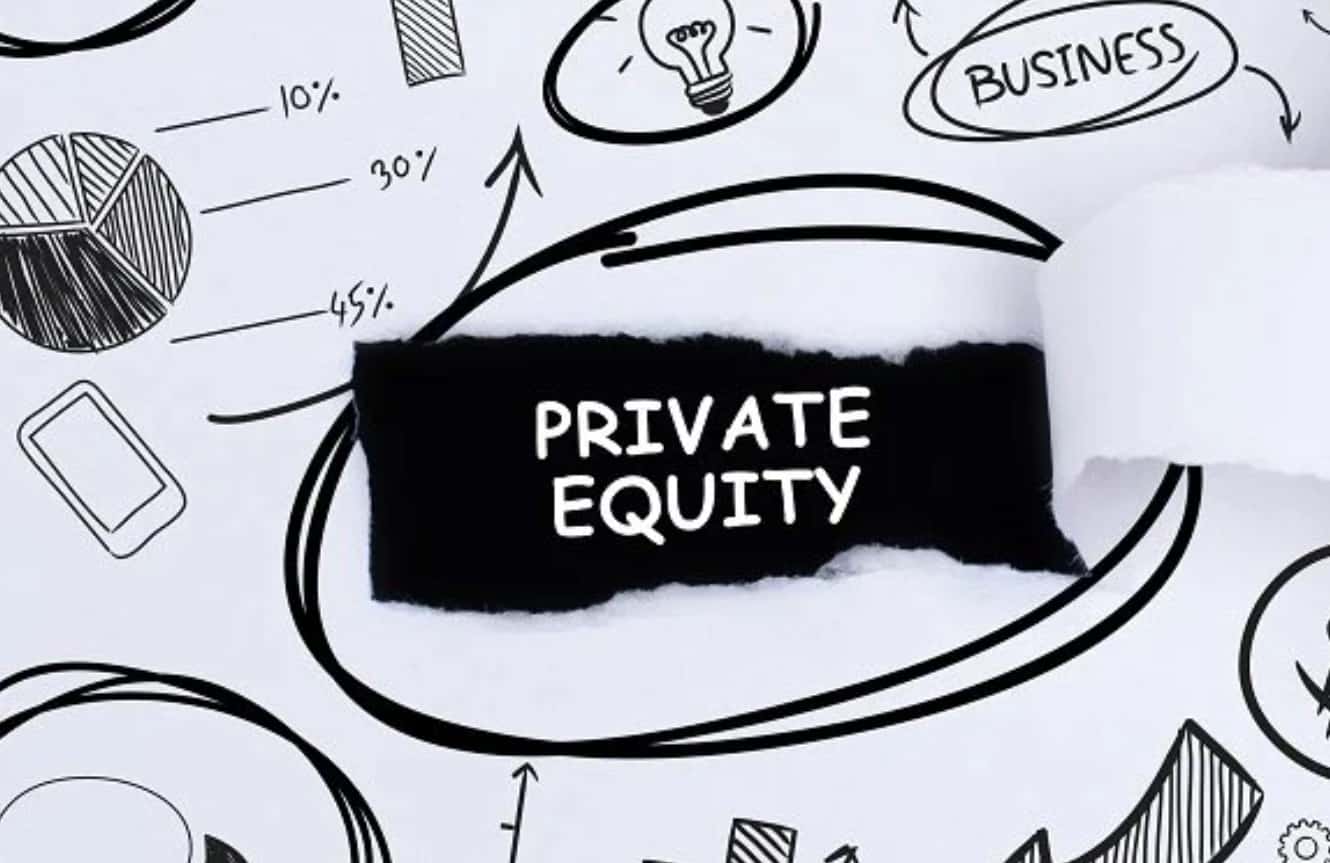U.S. investors may be puzzled by the US Department of Labor’s (DOL) view on private equity and retirement planning.
In December, the DOL released a clarifying statement that was seen by some observers as an attempt to backtrack on the previous administration’s stance on private equity investments in 401(k) plans.
An information letter sent in the summer of 2020 said an individual account plan “may offer an asset allocation fund with a private equity component”. It also detailed the guidelines by which fiduciary oversight standards could be met.
The statement was widely interpreted as a broad endorsement of private equity investments for retirement savings.
On the surface, the latest DOL’s statement appears to suggest little change in its stance.
Some private equity managers say that, despite an apparent change of tone, the DOL has effectively listened to demands for diversified retirement funds that contain alternative investments alongside public stocks.
On the other hand, the new note aims to emphasise the potential risks to retirement savings from alternatives as well as the expertise required to properly assess and monitor private equity investments.
In accompanying interviews, department officials specifically cautioned smaller plans against using the 2020 letter as a DOL endorsement of private equity investments in retirement savings.
Shift in emphasis on private equity in 401(k) plans
This is a clear shift in emphasis, which strongly suggests the current administration is more cautious on alternative investments in this area than its predecessor.
If so, it’s hardly a controversial stand. Private equity has traditionally been preserved for “sophisticated” investors – usually high net worth individuals and institutions with deep pockets – for good reason.
Investing in private companies profitably requires expertise. Transactions are outside the regulatory controls that govern public markets. It can be harder to properly assess the value of private companies, because private businesses are not subject to the same reporting requirements as publicly traded counterparts.
On top of that, closed-end funds create significant concentration risk for unwary investors who might find they are unable to easily move money from poorly performing assets. That risk has the potential to seriously damage self-directed retirement portfolios.
There is clearly a question here about how much casual workplace investors know of the pitfalls of private equity investing. If nothing else, the latest DOL communication underlines the need for informed decision-making based on the best available advice.
The rise of private equity investments
At the same time, it’s hard to argue with private equity investments’ potential for profit.
Between 2000 and 2020, private equity investments produced average annual returns of 10.48%, roughly double the figure for the S&P 500.
It’s no surprise that more small retail investors, eyeing a long and comfortable retirement, are weighing up risk and reward and seeing the private equity sector as an opportunity rather than a threat.
For their part, private equity firms talk of “levelling the playing field” and offering ordinary retirement savers the kind of benefits wealthier counterparts have long enjoyed. They argue they are giving retirement savers access to the entire economy, rather than a limited number of stocks.
There is little doubt that this groundswell of demand is changing the retirement planning landscape.
Intertrust Group’s own research documented over 900 new private equity fund launches in the US between January and September 2021. We only counted those with assets under management of USD100m or less.
New supply necessitates new demand. This pace of growth is likely to continue, with each new fund looking to tap into a broader range of investors. Savers’ 401(k) plans are likely to play an ever-increasing role in their thoughts.
Is the direction of travel set?
This diversification of retirement funds may be ripe with opportunity, but it is not without risk for the private equity sector. A broadening of the market could backfire if too many retirees are left bankrupt because of bad advice about an alternative investment.
And for all their limitations, public markets provide a relatively stable way of growing retirement income when investing over the long term.
But recent DOL communications suggest the direction of travel is set. The current administration may be warier of seeming to endorse private equity in 401(k) plans, but it shows no appetite to overturn previous guidance.
In which case, private equity’s advance into 401(k) territory may be inevitable, though it is likely to be cautious.
For the time being it will have a limited role in diversified funds with a significant public element. Funds will be structured in such a way as to overcome challenges around distribution, ensuring retirees can access their money when they need it.
Transparency and oversight will be key. The most attractive options will be designed to allay investor fears over liquidity, fees and assessing the value of investments. They will be professionally managed funds from reputable companies that boast multiple layers of oversight.
Third-party service providers have a role to play here, helping generate the transparency and trust that savvy investors demand.
Their oversight role will be combined with an educational one. Intertrust Group and others can help advise clients in the sector about market diversification and what it means for private equity funds.
If one thing is clear, it’s that the DOL has not slammed the brakes on private equity’s role in 401(k) plans. But it has reminded everyone concerned that caution, transparency and consumer education will be required to make these investments work.

